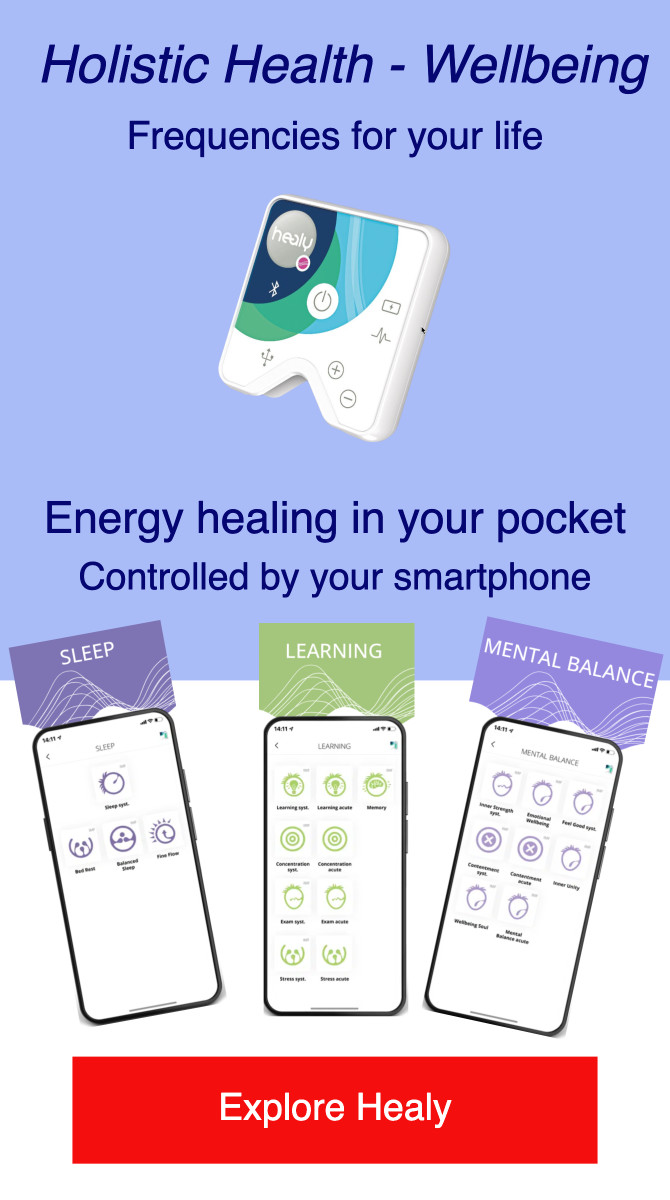Autism spectrum disorder (ASD) is a complex condition that affects individuals in different ways. While there is no cure for autism, there are treatments available that can help reduce symptoms and improve quality of life. The most effective interventions are based on applied behavioral analysis (ABA), but there are many other therapeutic options to explore. These include occupational therapy, speech therapy, physical therapy, drug therapy, and complementary and alternative treatments.
When it comes to treating autism, it's important to remember that there is no one-size-fits-all approach. Every person with ASD has different needs, so the best treatment options will always be individualized. It's also important to talk to your doctor before starting any complementary or alternative treatments. Behavioral therapies based on ABA are the most effective interventions available for autism spectrum disorder.
There are many different types of ABA to choose from based on your child's strengths and needs. These therapies work to minimize the impact of the main characteristics and associated deficits of ASD and to maximize functional independence and quality of life. Risperidone (Risperdal) is the only FDA-approved drug for children with autism spectrum disorder. It can be prescribed to children between 5 and 16 years old to help with irritability.
Other medications may be prescribed to reduce anxiety, increase concentration, or control aggression, but it's important to work closely with your healthcare provider or doctor to monitor the effects of medicines. In addition to traditional treatments, some people and parents use complementary and alternative treatments. These may include special diets, herbal supplements, chiropractic care, animal therapy, art therapy, mindfulness, or relaxation therapies. However, it's important to remember that many of these treatments have little or no research to show that they are effective. Cognitive behavioral therapy (CBT) is a type of talk therapy that can be effective in helping children and adults with autism spectrum disorder. During CBT sessions, people learn about the connections between feelings, thoughts, and behaviors.
This can help identify the thoughts and feelings that trigger negative behaviors. Social skills training (OSH) is a way for people, especially children, to develop social skills. Occupational therapy (OT) is a field of healthcare that focuses on teaching children and adults the fundamental skills they need in everyday life. When it comes to treating autism spectrum disorder, it's important to remember that there is no single treatment that can alleviate all symptoms. However, there are therapies and medications that can have a significant positive impact on children and adults on the autism spectrum. With all types of treatment (including medications), what works well for one person on the spectrum may not work well or may even be harmful to another person.




